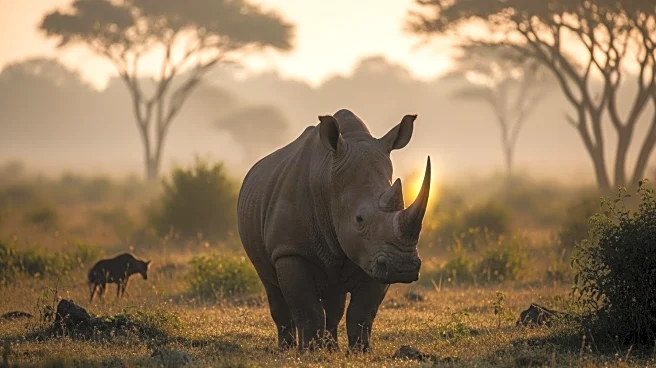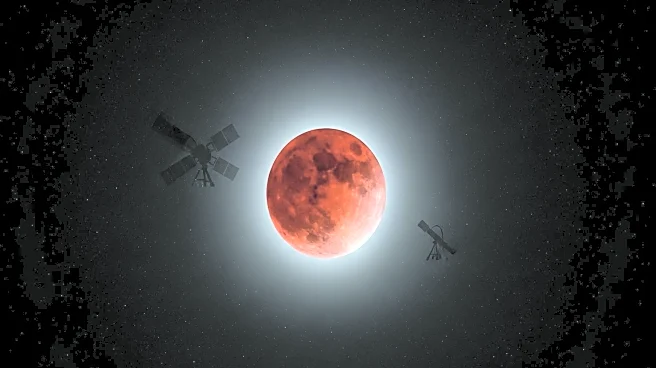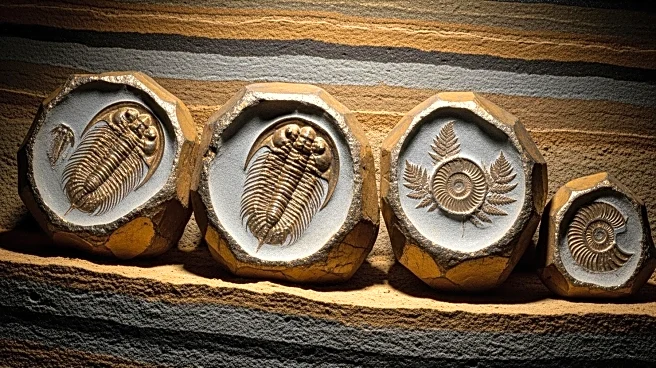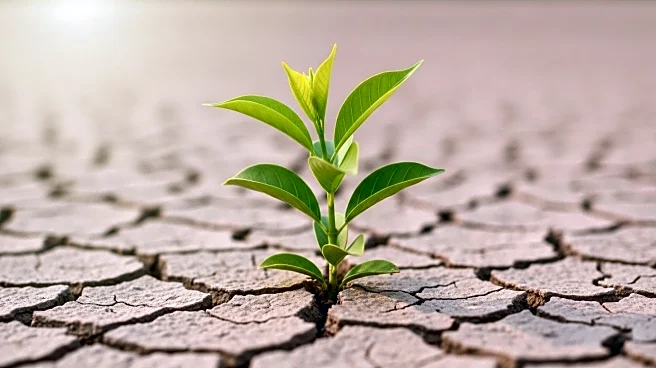What's Happening?
Australia is moving northward at a rate of about 7 centimeters per year, according to a study by Curtin University. This movement is part of the Indo-Australian Plate's gradual drift towards the Eurasian Plate, which will eventually lead to a collision with Asia. This geological process, although occurring over millions of years, is significant as it will reshape the Earth's crust, potentially forming new mountain ranges and altering ocean currents. The study highlights the cyclical nature of continental drift, which has historically created and destroyed supercontinents.
Why It's Important?
The collision between Australia and Asia will have profound implications for the planet's ecosystems and biodiversity. Australia's unique wildlife, including species like kangaroos and koalas, may face challenges due to changes in climate and competition from new species introduced by the merging continents. Additionally, the movement affects navigation systems, requiring constant updates to GPS coordinates, which is crucial for industries reliant on precision mapping. The geological shift underscores the dynamic nature of Earth's surface and the long-term impacts of plate tectonics.
What's Next?
While the collision is not imminent, the ongoing drift will continue to affect Australia in various ways. Navigation systems and infrastructure will need regular adjustments to accommodate the continent's movement. Scientists will monitor the geological changes and their impact on ecosystems, preparing for potential shifts in biodiversity and environmental conditions. The study serves as a reminder of the Earth's evolving landscape and the need for adaptive strategies in response to these natural processes.
Beyond the Headlines
The gradual movement of Australia towards Asia highlights the interconnectedness of geological and ecological systems. The potential formation of a new 'Ring of Fire' could increase volcanic and seismic activity, affecting global weather patterns and ecosystems. This underscores the importance of understanding geological processes and their long-term effects on the environment and biodiversity.












